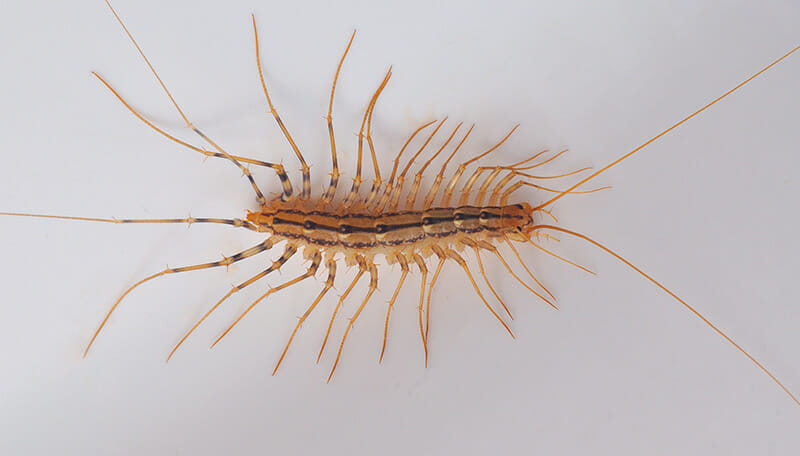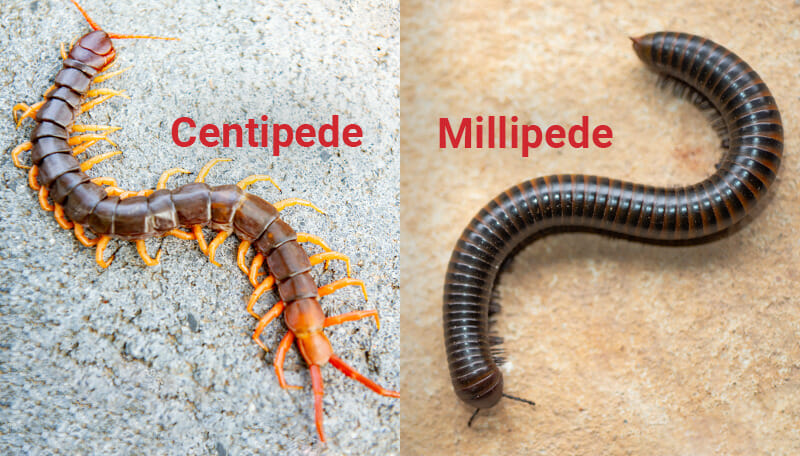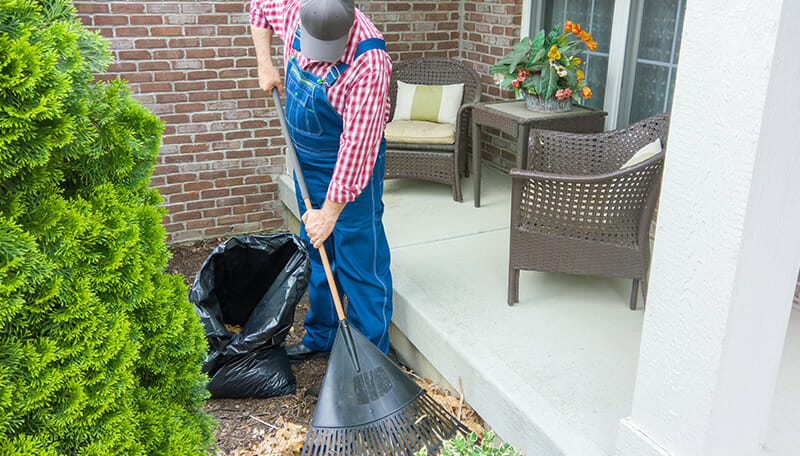Centipedes are a common pest to find on your property and are known for being major eye sores. With multiple sets of spindly legs and long abdomens, they’re not a welcome sight. They’re typically found in basements, crawl spaces, and other dark, dank habitats. When discovered or disturbed, they’ll usually quickly scurry off. However, despite their frightening appearance, centipedes are rarely ever dangerous.
As a professional pest control company, we field lots of questions about these creepy pests. Here are some of our answers to centipede FAQs.

 How can I identify centipedes and what do they look like?
How can I identify centipedes and what do they look like?

